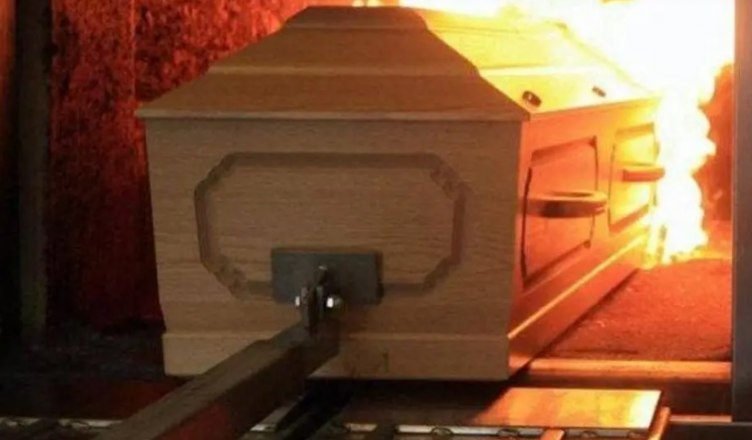Cremation is a process that can seem mysterious and even scary. What actually happens to a person’s body when it’s subjected to this ancient ritual? Let’s take a look behind the scenes and find out the shocking truth!
The Heat of the Fire: Stage One
When the body is sent into the cremation oven, the temperature quickly rises to 870–980°C. Under such intense heat, amazing transformations begin to occur. In the first minutes, fats and muscles melt like a candle, and the body begins to “shrink” right before your eyes.
Bone Cracking: A Shocking Detail
Did you know that even at high temperatures, bones do not burn completely? After the soft tissues evaporate, the bones begin to crack and break down under the influence of heat. At some point, they become brittle, and this is the frightening but inevitable moment – the cracking of bones under the influence of heat!

Gases You Won’t Feel
When a body burns, gases are released that never reach the atmosphere: crematory furnaces use special filters. These gases include carbon dioxide and even mercury if the deceased had fillings. So even after death, you can leave your mark on the environment.
Not everything turns to ash!
A common mistake is to think that everything turns to ash. The remaining mass is actually bone fragments, not just ash. After the fire has consumed the soft tissue, specialists manually crush the bones into powder – what we eventually call “dust”.
A Cremated Heart? The Horrible Truth
One of the most unusual facts is that the heart is often one of the last organs to be destroyed. Even at such high temperatures, heart tissue can remain until the very end. This fact causes awe and amazement among those who cremate on a daily basis.

Metal implants — the last word on humans
As for the metal parts — artificial joints, implants, even dental crowns — they don’t burn. Instead, they are separated from the bone fragments after cremation. In some cases, the metal is even recycled or donated to charity, which is also a bit shocking.
The final step: turning ashes into memories
When all the processes are complete, the remaining ashes are placed in an urn. But what do you actually get? This is the result of combustion — a coarse powder of bone fragments ground to a state close to ash. The ashes are often given to the family, but they are not just dust, but the last physical trace of a person’s life.
Conclusion: A surprising end to life
Cremation is both a process of destruction and transformation. On the one hand, fire destroys the body, but on the other, it preserves in the form of ashes something that can be stored, passed on, or scattered to the winds. The shocking truth is that even after death, your body still goes through some amazing, even astounding, transformations.
Whenever we talk about cremation, the image of a blazing fire comes to mind, but there is a whole world of detail behind the process that most people simply don’t know.
